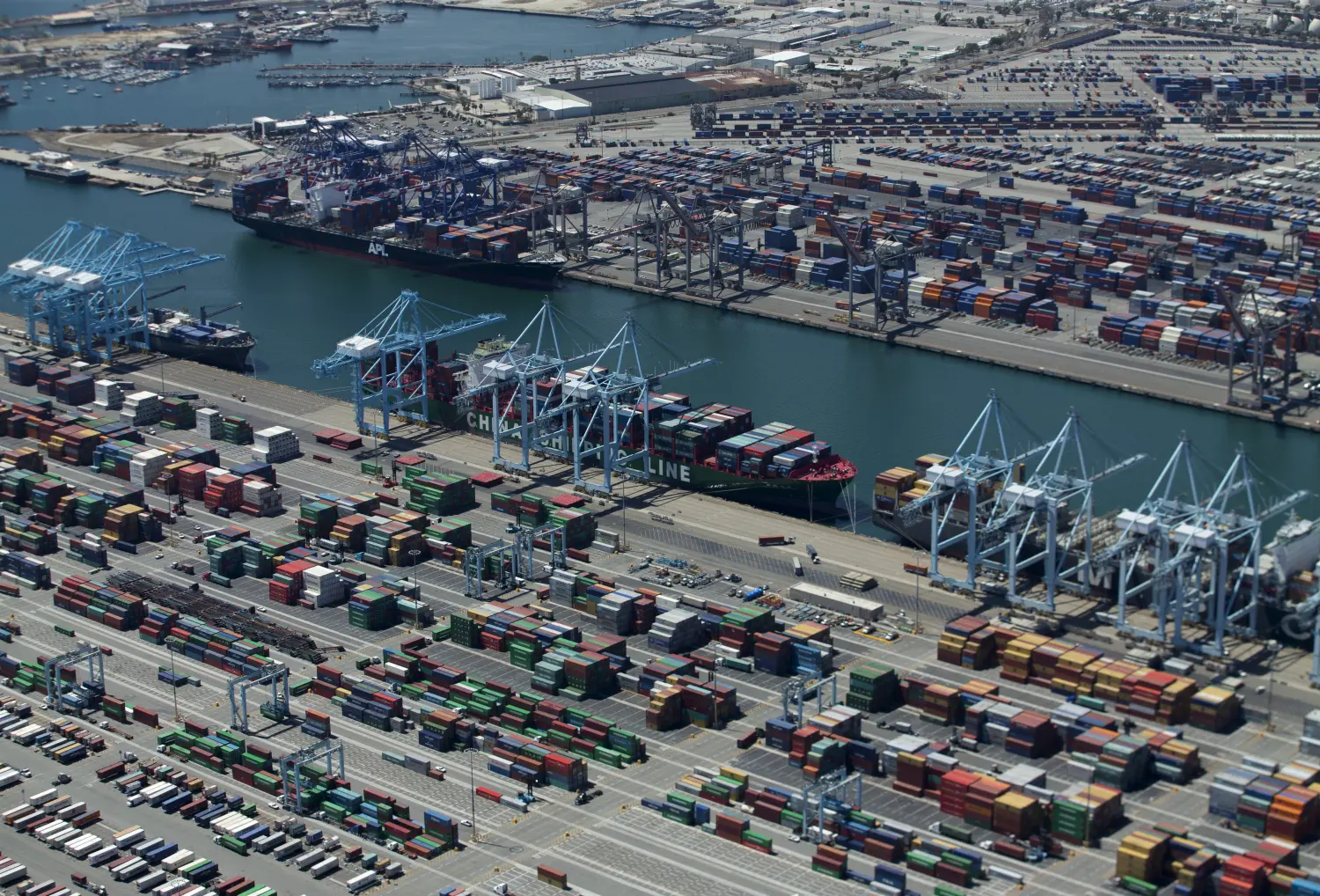Trade credit insurers see record demand as protectionism fragments global commerce: Findings from the Aon’s Credit Solution Market Insight Report
Trade credit insurers are bracing for a more challenging environment amidst projected decelerating global economic growth, compounded by uncertain geopolitical trajectories, according to Aon’s Market Insight Report for H1 2025.
Global GDP is projected to slow to approximately 2.8% by 2026, down from the robust 3.3% expansion recorded in 2022’s post-pandemic rebound. The deceleration reGlobal GDP is projected to slow to approximately 2.8% by 2026, down from the robust 3.3% expansion recorded in 2022’s post-pandemic rebound. The deceleration reflects the waning impact of fiscal stimulus measures and tighter monetary policy, all the while against the backdrop of persistent geopolitical uncertainties.
Its first decline since 2022, the US economy contracted by 0.3% in the first quarter of 2025, as a result of import surges to stockpile ahead of anticipated tariffs. US trade protectionism is expected to reduce the country’s GDP by around 1.5%.
According to the report, the convergence of trade, technology, weather, and workforce megatrends is fueling increased complexity, volatility, and uncertainty for businesses. Recent high-profile casualties illustrate this volatility: Swedish electric vehicle battery startup Northvolt, once heralded as Europe’s answer to Asian dominance, has filed for bankruptcy, whilst Brazil’s AgroGalaxy entered judicial recovery following extreme weather events that damaged crop yields.
This was compounded by the recent unexpected collapse of Prax Group, which went into administration after a wind-up order against Lindsey oil refinery and related businesses forced its parent company, State Oil, into administration. “Prax Group’s failure serves as a cautionary example of how external economic pressures and internal financial challenges can converge to bring down a major industry player,” said Gary Lorimer, Aon Global Growth Leader. “This highlights the critical need for robust risk management frameworks, counterparty assessment, and tools such as trade credit and surety that can drive growth and transfer risk”.
Despite these headwinds, the world’s largest trade credit insurers delivered robust operating performance in 2024, driven by strong business retention and new client acquisition. Loss ratios remained stable, ranging from 39 to 55%, in line with long-term averages, whilst combined ratios held steady between 71 and 82%.
However, the claims cycle is normalising, with only a slight increase in insured activity possibly attributable to tariff deadline effects. Premium rate renewals in the first quarter reflected continued soft market conditions, with overall decreases of 1 to 2% due to healthy competition and solid operational performance.
The industry’s appetite for risk has expanded markedly, with Total Potential Exposure increasing by nearly 8% in 2024 to reach an all-time high. Since 2019, this capacity measure has risen by 35%: a reflection of insurers’ understanding of the imperative of supporting clients through uncertainty. Unsurprisingly given global events, Political Risk Insurance has also surged – a growth “largely driven by escalating geopolitical risks and volatility stemming from global elections, ongoing conflicts, and economic challenges that collectively intensify political instability and civil unrest worldwide,” said Lorimer.
Regional credit approval patterns reveal the uneven nature of global recovery:
North American approval rates rose to 85% year-on-year but remained below September 2024 peaks.
The EMEA region saw approval rates decline to 72%, the lowest since September 2020, whilst Latin America bucked the trend with rates increasing to 74%.
Asia-Pacific maintained steady approval rates at 81% despite China’s growth slowing to about 4% amid weak domestic demand and US tariffs.
Sector-specific trade credit trends highlight the patchy nature of commercial disruption. Traditional manufacturing sectors are struggling, with approval rates for life sciences and general manufacturing falling by 6 and 4 percentage points, respectively.
The automotive sector, heavily dependent on complex international supply chains, saw approval rates decline to 70% as manufacturers wrestle with component shortages and shifting market dynamics. Global steel production fell 0.4 per cent year-on-year, reflecting broader industrial uncertainty.
Other sectors are benefiting from trade disruption. Construction maintained stable 67% approval rates with forecasts predicting 2-3.5% growth in 2025, supported by infrastructure spending and reshoring initiatives. Agribusiness faced challenges from extreme weather but saw growth in crop protection and fertiliser segments as food security concerns drive investment.
Market conditions have attracted new capacity through Managing General Agents and alternative providers, making supplemental coverage more accessible as businesses seek protection against heightened trade risks. However, premium rates for first-quarter renewals reflected continued soft market conditions, with overall decreases of 1-2 per cent despite mounting risk factors.
For the latter half of 2025, insurers are reporting high levels of risk acceptance at approximately 75% but warning that more challenging trade sectors and high-demand obligor names may require innovative structuring approaches.
The convergence of traditional credit risks with new challenges from artificial intelligence (AI), climate change, and shifting geopolitical alliances paints the trade credit insurance industry as a shark: it must keep moving forward to survive.





